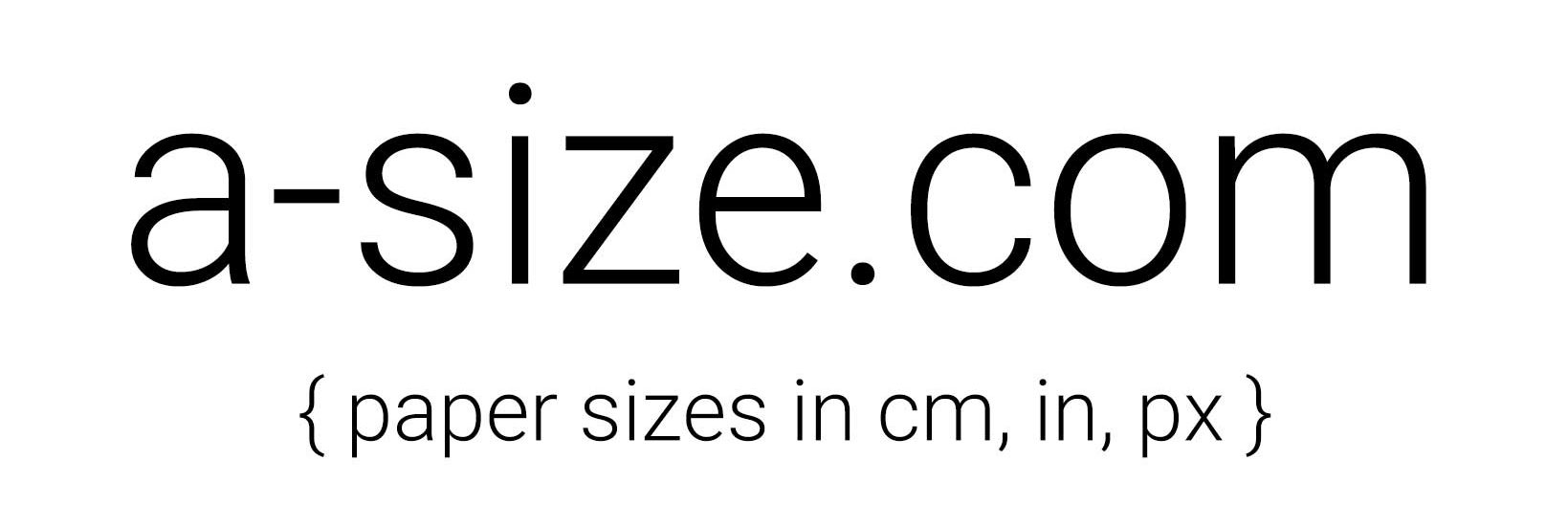Paper thickness and weight are measured in MIC and GSM. Standard paper weight for printing is 80 gsm.
Standard/normal paper weight
The weight range of standard office paper is 80 – 100gsm. normally used in your desktop laser printer or photocopier.
About paper weight and thickness
The relation between paper weight and thickness is that as the weight of the paper increases, the thickness of the paper also increases. This is because paper weight is determined by the density of the fibers in the paper, and a higher density of fibers will result in a heavier and thicker sheet of paper.
However, it’s important to note that paper weight and thickness are not always directly proportional. Different types of paper, such as cardstock or glossy paper, can have different densities and thicknesses at the same weight. Additionally, different manufacturers may use slightly different methods to measure weight and thickness, which can affect the correlation between the two.
In summary, while heavier paper will generally be thicker than lighter paper, there can be variations in the correlation between weight and thickness depending on the type of paper and the methods used to measure them.
What does MIC mean?
“Mic” or “micron” (µ) is a unit of measure used for paper thickness. One micron = 1000th of a millimeter (250mic = 0.25mm, 1000mic = 1mm).
A micron is a unit of measurement for length, equal to one millionth of a meter (0.001 mm) or 0.000039 inches. In the paper industry, it is commonly used to measure the thickness of paper and other materials. For example, a standard sheet of copy paper is around 80 microns thick.
In summary, MIC in the context of paper thickness refers to Microns, a unit of measurement used to measure the thickness of paper and other materials.
What does GSM mean?
“GSM” stands for “Grams per Square Meter” and is a unit of measurement used to determine the weight of a sheet of paper. It is the weight of one square meter of paper, typically measured in grams. The higher the GSM, the heavier the paper. For example, standard copy paper has a weight of around 80gsm, while cardstock paper has a weight of around 200gsm. GSM is a widely used measurement for paper weight in the printing and paper industry. The weight of paper is an important factor to consider when choosing paper for a specific application, as it affects the feel and durability of the final product.
Different paper weights
- 5 – 55 gsm: Very thin paper used for example daily newspapers.
- 70 – 100 gsm: This is the weight of standard copier paper that you will find in your office or home printer. Papers for printing is normally around 80 gsm.
- 110 – 120 gsm: Used for example letterhead, compliment slips and posters.
- 130 – 170 gsm: Can be used as internal brochure pages, more durable posters and budget leaflets.
- 210 – 300 gsm: Considered to be card stock. Magazines in newsagents have covers made from this weight of paper stock.
- 350 – 400 gsm: This card and will stand up under its own weight. Premium quality leaflets and magazine covers will be printed on this weight. Business cards also are printed on this stock.
Paper weight chart
| Uncoated Paper (also referred to as Bond, Offset or Laser) | ||
| Weight | Thickness | Description |
| 70gsm | 90mic | Thin document paper |
| 80gsm | 100mic | Standard copy paper |
| 90gsm | 112mic | Standard copy paper |
| 100gsm | 125mic | Standard Letterhead paper |
| 120gsm | 150mic | Premium Letterhead paper |
| 140gsm | 175mic | Heavyweight paper |
| 160gsm | 190mic | Heavyweight paper |
| 170gsm | 212mic | Thin board |
| 180gsm | 215mic | Thin board |
| 210gsm | 250mic | Thin board |
| 250gsm | 280mic | Medium board |
| 270gsm | 310mic | Medium board |
| 300gsm | 350mic | Standard board |
| 350gsm | 400mic | Thick postcard board |
| 400gsm | 480mic | Thick business card board |
